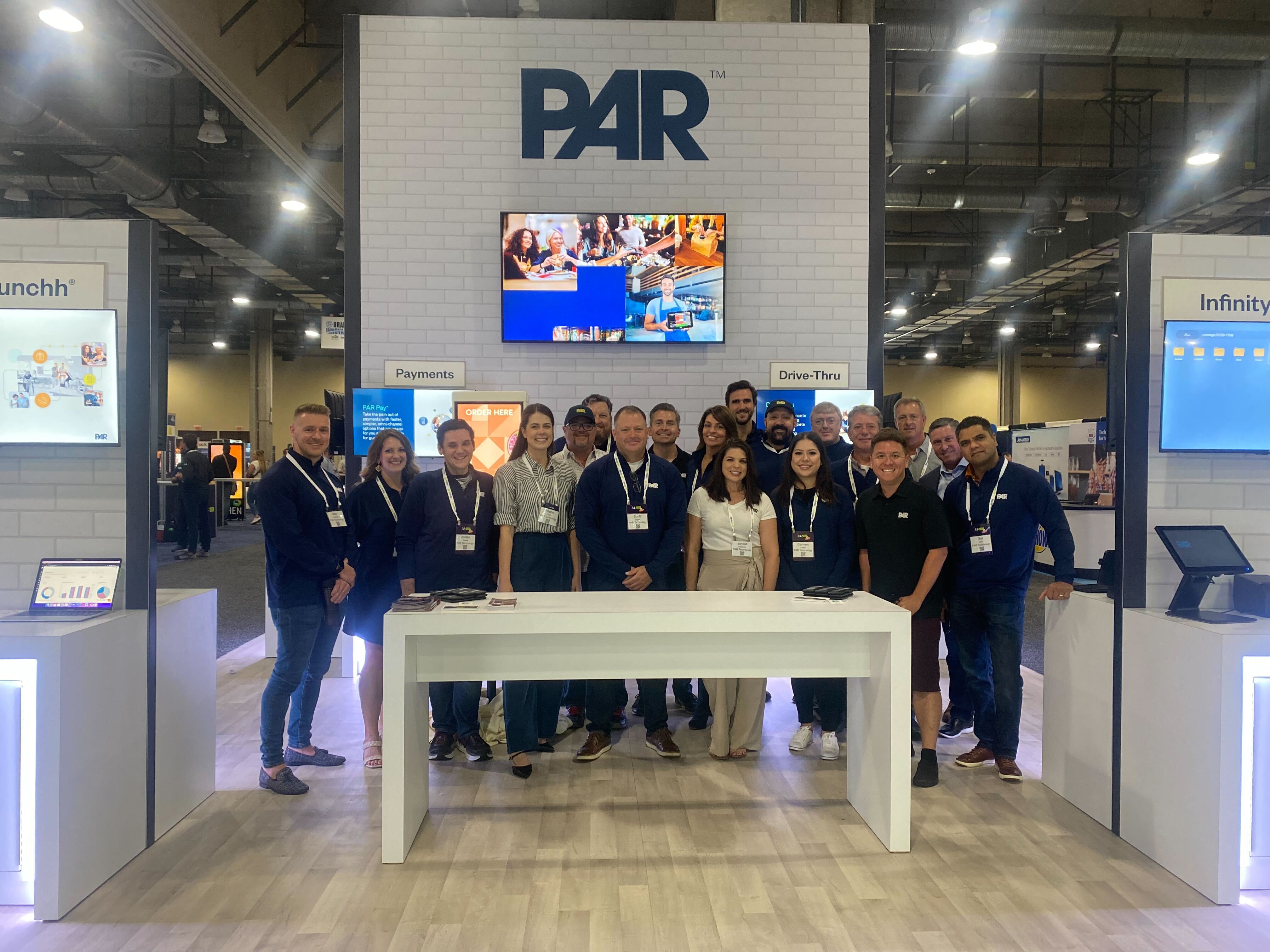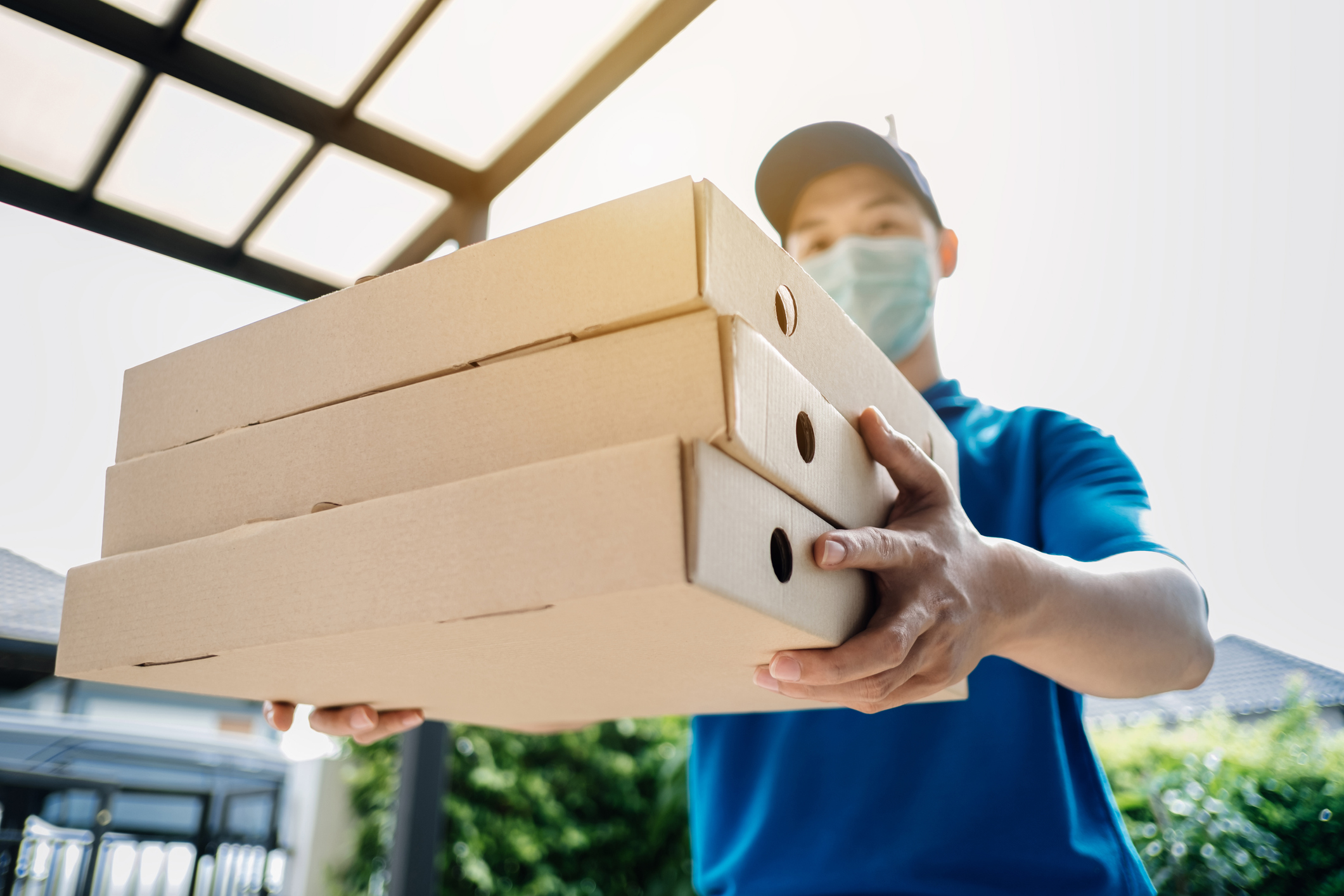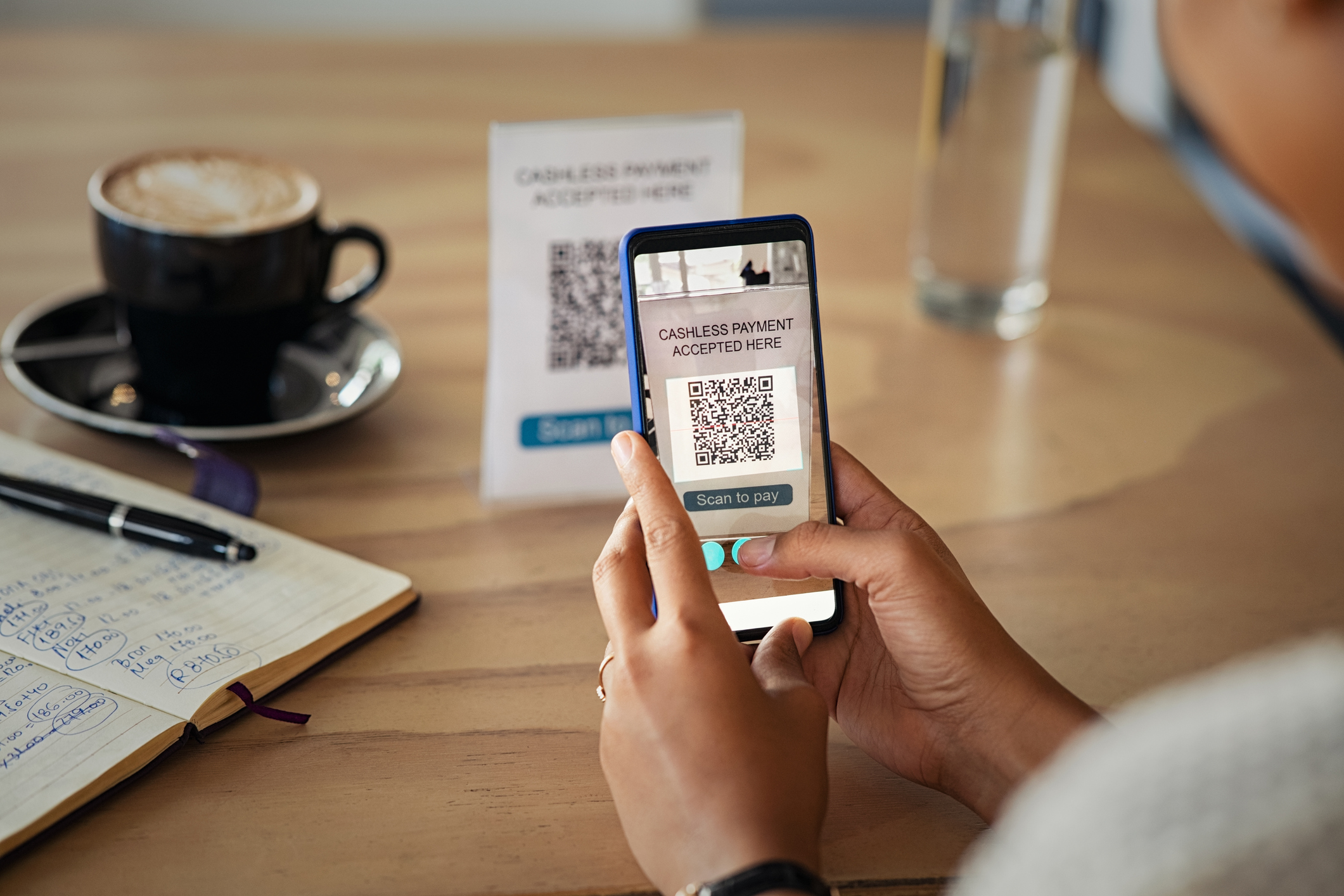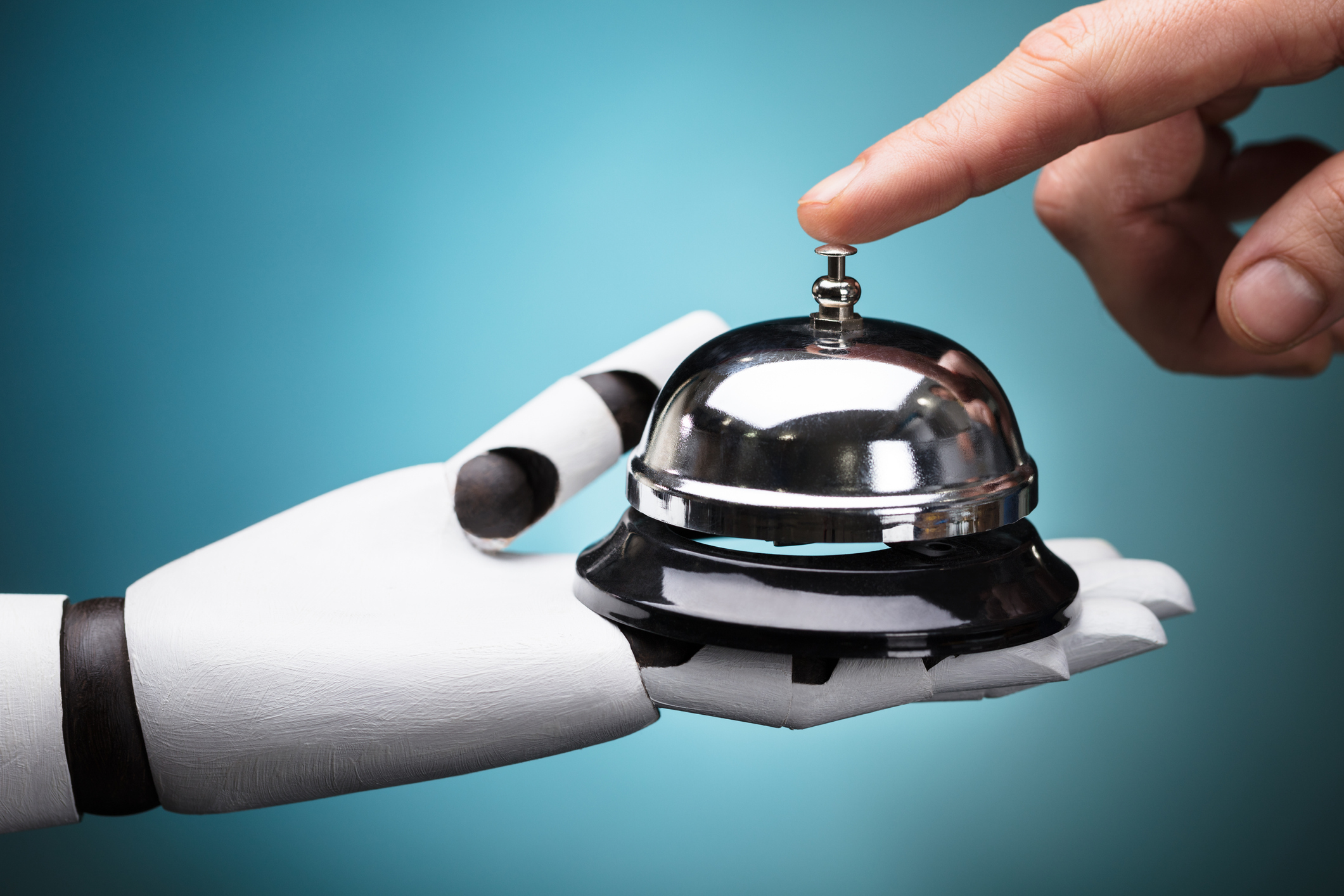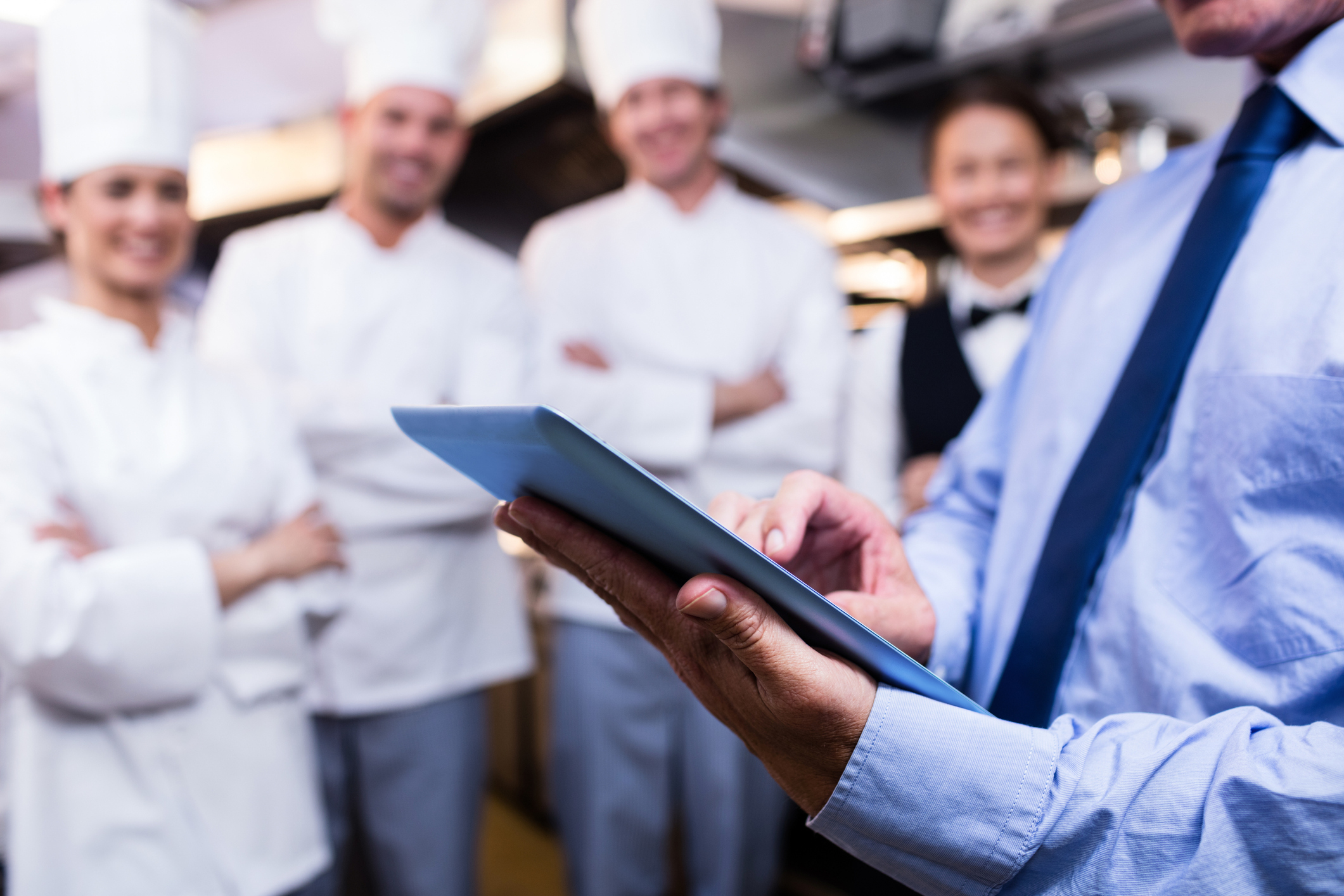Effective restaurant inventory management is not only vital for the day-to-day financial health of brands, but it can also help determine their long-term success. Food costs are arguably the most expensive budget item in any restaurant, however, properly tracking inventory can reduce waste, increase efficiencies, and help predict future needs. Follow these ten tips to make the inventory process more accurate and cost-effective.
- Get Organized
Organizing stock rooms, prep stations, walk-ins, etc. makes it easy to find what is needed and see when quantities are low. Labeling shelves and containers as well as categorizing inventory (dry goods, frozen items, paper supplies, etc.) makes it easier for staff members to track items and ensure they put them back in the right place.
- Keep a Low Inventory
According to a recent Foodprint study on food waste in restaurants, approximately 4 to 10 percent of food purchased by restaurants is wasted before reaching the customer. To prevent over-ordering, waste, and spoilage, restaurant owners and operators can order the perfect amount of inventory to get them through to the next delivery. Ordering the right amount of inventory helps reduce inventory spending and reduces the space needed to store items. An inventory management tool can help keep the minimum amount of inventory on hand without running out early.
- Factor in Recipes, Prep, and Portioning
Utilize systems that allow restaurant owners and operators to input recipes, ingredients, and portion sizes for every item on their menu. When someone orders a meal off the menu, inventory levels on those ingredients are automatically adjusted.
- Track Everything
Be sure to precisely track everything coming in or going out of the restaurant. This can mean tracking per ingredient and scanning incoming orders with an automated system. Notifications and alerts let restaurant owners and operators know if their actual inventory numbers are straying from their theoretical benchmarks.
- First In, First Out
Foodprint’s study on food waste in restaurants also showed that United States restaurants generate an estimated 22 to 33 billion pounds of food waste each year. To ensure food does not go to waste, restaurants can employ a “first in, first out” philosophy for inventory management. Place new inventory items behind older ones so employees are automatically using older products first.
- Leverage Mobile Tools
With handheld, mobile inventory apps, employees can easily and accurately perform physical counts of items – whether during a yearly inventory for the entire operation, or on-the-fly as supplies arrive. This eliminates counting errors as well as errors that occur when transferring information from one form to another.
- Incorporate Vendors
Integrate vendor/supplier information into the inventory management system to ensure correct order amounts, consistency, and invoice reconciliation.
- Utilize Predictive Ordering
Automatically predict and place future orders using data that includes historical consumption, sales forecasts, vendor delivery schedules, thaw and prep times, and ingredient level tracking. Predictive ordering will help maintain optimal inventory levels and maximize profitability.
- Review and Adjust
Be sure the system in use to track inventory offers advanced analytics and reporting to view existing inventory at any time, as well as analytics on price variances, inventory turn, order details, and more. With a clear, holistic view of the inventory system in place, brands will be able to increase efficiencies, spot potential issues, and make better business decisions.
- Put the Right System in Place
If a restaurant is still trying to manage its inventory using manual techniques or has tried automated solutions that are not delivering the desired results, then the Data Central Management Suite with integrated inventory management may be the right solution for them. Data Central provides restaurants with an innovative, easy-to-use back-office solution and database management service to assist every aspect of the business. Find out what top restaurant brands are using to drive their success. Contact us today to schedule a demo.
While some restaurants are still manually tracking and managing inventory, this is a time-consuming process that is fraught with human error. Fortunately, there are now advanced inventory management solutions that can be integrated with existing point-of-sale terminals, inventory, supplies, and accounting platforms to provide a comprehensive view of a restaurant’s operations.


